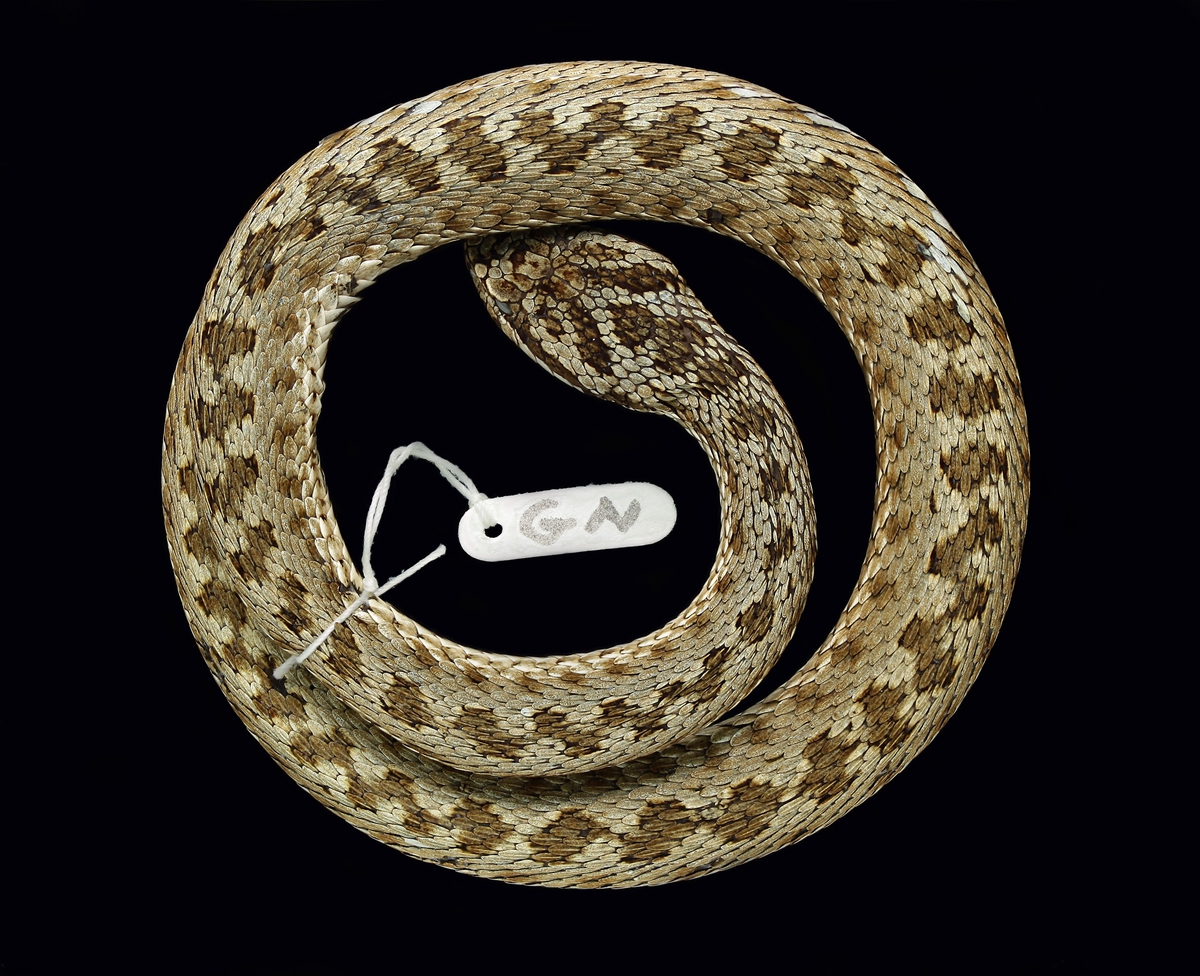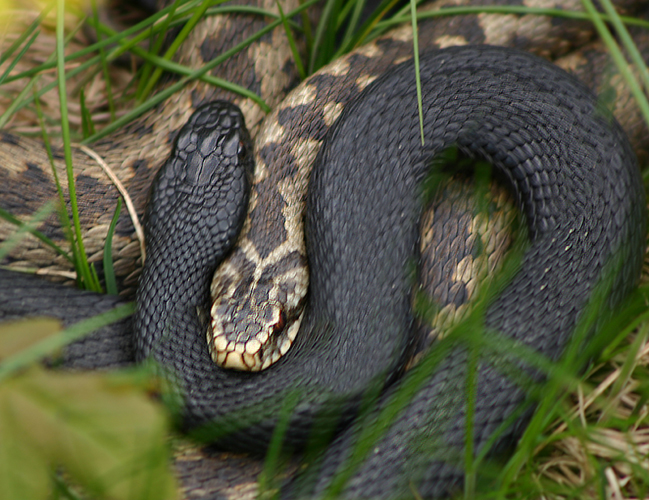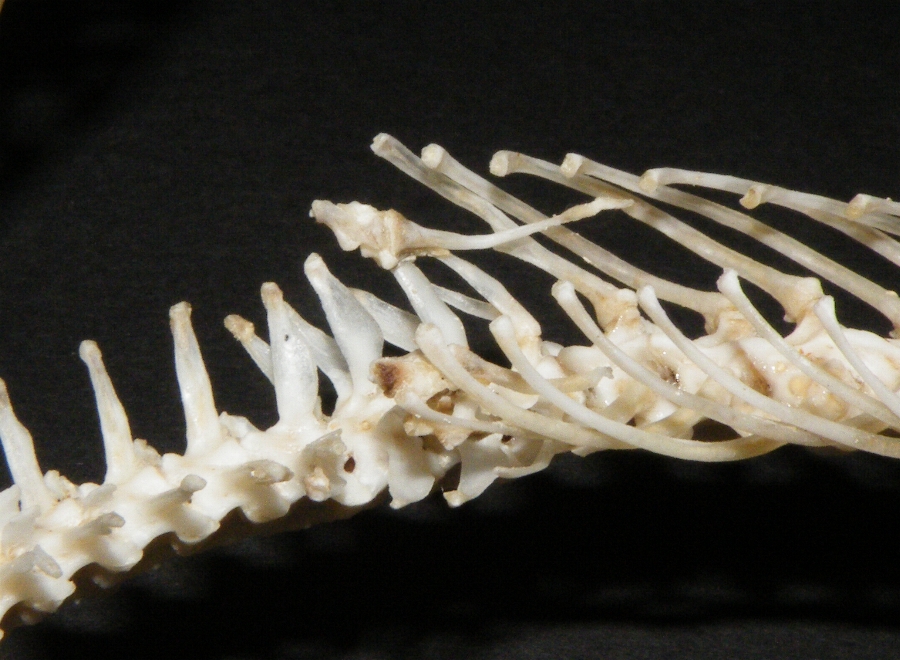|
Vipers
Vipers are snakes in the family Viperidae, found in most parts of the world, except for Antarctica, Australia, Hawaii, Madagascar, New Zealand, Ireland, and various other isolated islands. They are venomous and have long (relative to non-vipers), hinged fangs that permit deep envenomation of their prey. Three subfamilies are currently recognized. They are also known as viperids. The name "viper" is derived from the Latin word ''vipera'', -''ae'', also meaning viper, possibly from ''vivus'' ("living") and ''parere'' ("to beget"), referring to the trait viviparity (giving live birth) common in vipers like most of the species of Boidae. The earliest known vipers are believed to have diverged from the rest of the clade Caenophidia in the early Eocene. Description All viperids have a pair of relatively long solenoglyphous (hollow) fangs that are used to inject venom from glands located towards the rear of the upper jaws, just behind the eyes. Each of the two fangs is at the fron ... [...More Info...] [...Related Items...] OR: [Wikipedia] [Google] [Baidu] |
Snake
Snakes are elongated limbless reptiles of the suborder Serpentes (). Cladistically squamates, snakes are ectothermic, amniote vertebrates covered in overlapping scales much like other members of the group. Many species of snakes have skulls with several more joints than their lizard ancestors and relatives, enabling them to swallow prey much larger than their heads ( cranial kinesis). To accommodate their narrow bodies, snakes' paired organs (such as kidneys) appear one in front of the other instead of side by side, and most only have one functional lung. Some species retain a pelvic girdle with a pair of vestigial claws on either side of the cloaca. Lizards have independently evolved elongate bodies without limbs or with greatly reduced limbs at least twenty-five times via convergent evolution, leading to many lineages of legless lizards. These resemble snakes, but several common groups of legless lizards have eyelids and external ears, which snakes lack, althoug ... [...More Info...] [...Related Items...] OR: [Wikipedia] [Google] [Baidu] |
Vipera Berus In Finland
''Vipera'' (; commonly known as the palaearctic vipersspecies:Stephen Spawls, Spawls S, William Roy Branch, Branch B (1995). ''The Dangerous Snakes of Africa: Natural History, Species Directory, Venoms and Snakebite''. Sanibel Island, Florida: Ralph Curtis Books / Dubai: Oriental Press. 192 pp. . and Eurasian vipersspecies:David Mallow, Mallow D, species:David Ludwig, Ludwig D, species:Göran Nilson, Nilson G (2003). ''True Vipers: Natural History and Toxinology of Old World Vipers''. Malabar, Florida: Krieger Publishing Company. 359 pp. ) is a genus of snakes in the subfamily Viperinae of the Family (biology), family Viperidae. The genus has a very wide range, being found from North Africa to just within the Arctic Circle, and from Great Britain to Pacific Asia. The Latin name ''vīpera'' is possibly derived from the Latin (language), Latin words ''vivus'' and ''pario'', meaning "alive" and "bear" or "bring forth"; likely a reference to the fact that most vipers bear live young.Go ... [...More Info...] [...Related Items...] OR: [Wikipedia] [Google] [Baidu] |
Venomous Snake
''Venomous snakes'' are species of the suborder Serpentes that are capable of producing venom, which they use for killing prey, for defense, and to assist with digestion of their prey. The venom is typically delivered by injection using hollow or grooved fangs, although some venomous snakes lack well-developed fangs. Common venomous snakes include the families Elapidae, Viperidae, Atractaspididae, and some of the Colubridae. The toxicity of venom is mainly indicated by murine , while multiple factors are considered to judge the potential danger to humans. Other important factors for risk assessment include the likelihood that a snake will bite, the quantity of venom delivered with the bite, the efficiency of the delivery mechanism, and the location of a bite on the body of the victim. Snake venom may have both neurotoxic and hemotoxic properties. There are about 600 venomous snake species in the world. Evolution The evolutionary history of venomous snakes can be traced back ... [...More Info...] [...Related Items...] OR: [Wikipedia] [Google] [Baidu] |
Vipera Berus
''Vipera berus'', also known as the common European adder Mallow D, Ludwig D, Nilson G (2003). ''True Vipers: Natural History and Toxinology of Old World Vipers''. Malabar, Florida: Krieger Publishing Company. . and the common European viper, Stidworthy J (1974). ''Snakes of the World''. New York: Grosset & Dunlap Inc. 160 pp. . is a species of venomous snake in the family Viperidae. The species is extremely widespread and can be found throughout much of Europe, and as far as East Asia. There are three recognised subspecies. Known by a host of common names including common adder and common viper, the adder has been the subject of much folklore in Britain and other European countries. It is not regarded as especially dangerous; the snake is not aggressive and usually bites only when really provoked, stepped on, or picked up. Bites can be very painful, but are seldom fatal. The specific name, ''berus'', is Neo-Latin and was at one time used to refer to a snake, possibly the gra ... [...More Info...] [...Related Items...] OR: [Wikipedia] [Google] [Baidu] |
Pupil
The pupil is a hole located in the center of the iris of the eye that allows light to strike the retina.Cassin, B. and Solomon, S. (1990) ''Dictionary of Eye Terminology''. Gainesville, Florida: Triad Publishing Company. It appears black because light rays entering the pupil are either absorbed by the tissues inside the eye directly, or absorbed after diffuse reflections within the eye that mostly miss exiting the narrow pupil. The size of the pupil is controlled by the iris, and varies depending on many factors, the most significant being the amount of light in the environment. The term "pupil" was coined by Gerard of Cremona. In humans, the pupil is circular, but its shape varies between species; some cats, reptiles, and foxes have vertical slit pupils, goats and sheep have horizontally oriented pupils, and some catfish have annular types. In optical terms, the anatomical pupil is the eye's aperture and the iris is the aperture stop. The image of the pupil as seen from o ... [...More Info...] [...Related Items...] OR: [Wikipedia] [Google] [Baidu] |
Venom
Venom or zootoxin is a type of toxin produced by an animal that is actively delivered through a wound by means of a bite, sting, or similar action. The toxin is delivered through a specially evolved ''venom apparatus'', such as fangs or a stinger, in a process called ''envenomation''. Venom is often distinguished from ''poison'', which is a toxin that is passively delivered by being ingested, inhaled, or absorbed through the skin, and ''toxungen'', which is actively transferred to the external surface of another animal via a physical delivery mechanism. Venom has evolved in terrestrial and marine environments and in a wide variety of animals: both predators and prey, and both vertebrates and invertebrates. Venoms kill through the action of at least four major classes of toxin, namely necrosis, necrotoxins and cytotoxins, which kill cells; neurotoxins, which affect nervous systems; myotoxins, which damage muscles; and Hemotoxin, haemotoxins, which disrupt Thrombus, blood clotti ... [...More Info...] [...Related Items...] OR: [Wikipedia] [Google] [Baidu] |
Solenoglypha
A snake skeleton consists primarily of the skull, vertebrae, and ribs, with only vestigial remnants of the limbs. Skull The skull of a snake is a very complex structure, with numerous joints to allow the snake to swallow prey far larger than its head. The typical snake skull has a solidly ossified braincase, with the separate frontal bones and the united parietal bones extending downward to the basisphenoid, which is large and extends forward into a rostrum extending to the ethmoidal region. The nose is less ossified, and the paired nasal bones are often attached only at their base. The occipital condyle is either trilobate and formed by the basioccipital and the exoccipitals, or a simple knob formed by the basioccipital; the supraoccipital is excluded from the foramen magnum. The basioccipital may bear a curved ventral process or hypapophysis in the vipers. The prefrontal bone is situated, on each side, between the frontal bone and the maxilla, and may or may not be in ... [...More Info...] [...Related Items...] OR: [Wikipedia] [Google] [Baidu] |
Viviparity
In animals, viviparity is development of the embryo inside the body of the mother, with the maternal circulation providing for the metabolic needs of the embryo's development, until the mother gives birth to a fully or partially developed juvenile that is at least metabolically independent. This is opposed to oviparity, where the embryos develop independently outside the mother in eggs until they are developed enough to break out as hatchlings; and ovoviviparity, where the embryos are developed in eggs that remain carried inside the mother's body until the hatchlings emerge from the mother as juveniles, similar to a live birth. Etymology The term "viviparity" and its adjective form "viviparous" both derive from the Latin ''vivus'', meaning "living"; and ''pario'', meaning "give birth to". Reproductive mode Five modes of reproduction have been differentiated in animals based on relations between zygote and parents. The five include two nonviviparous modes: ovulipari ... [...More Info...] [...Related Items...] OR: [Wikipedia] [Google] [Baidu] |
Envenomation
Envenomation is the process by which venom is injected by the bite or sting of a venomous animal. Many kinds of animals, including mammals (e.g., the northern short-tailed shrew, ''Blarina brevicauda''), reptiles (e.g., many snakes), spiders, insects (e.g., wasps) and other arthropods, and fish (e.g., stone fish) employ venom for hunting and for self-defense. In particular, snakebite is considered to be a neglected tropical disease causing over 100,000 deaths and maiming over 400,000 people per year. Mechanisms Some venoms are applied externally, especially to sensitive tissues such as the eyes, but most venoms are administered by piercing the skin of the victim. Venom in the saliva of the Gila monster and some other reptiles enters prey through bites of grooved teeth. More commonly animals have specialized organs such as hollow teeth (fangs) and tubular stingers that penetrate the prey's skin, whereupon muscles attached to the attacker's venom reservoir squirt venom deep wi ... [...More Info...] [...Related Items...] OR: [Wikipedia] [Google] [Baidu] |
Crotalus Skull
''Crotalus'' is a genus of pit vipers, commonly known as rattlesnakes or rattlers, Wright AH, Wright AA (1957). ''Handbook of Snakes of the United States and Canada''. Ithaca and London: Comstock Publishing Associates (7th printing, 1985). 1,105 pp. (in 2 volumes). . in the family Viperidae. The genus is found only in the Americas from southern Canada to northern Argentina. The generic name ''Crotalus'' is derived from the Greek word ''krótalοn'', which means "rattle" or "castanet", and refers to the rattle on the end of the tail, which makes this group (genera ''Crotalus'' and ''Sistrurus'') so distinctive. Campbell JA, Lamar WW (2004). ''The Venomous Reptiles of the Western Hemisphere''. Ithaca and London: Comstock Publishing Associates. 870 pp. 1,500 plates. . As of July 2023, 44 to 53 species are recognized as valid. Description Members of the genus ''Crotalus'' range in size from only ('' C. intermedius'', '' C. pricei)'', to over ( eastern and western diamondback ... [...More Info...] [...Related Items...] OR: [Wikipedia] [Google] [Baidu] |
Ireland
Ireland (, ; ; Ulster Scots dialect, Ulster-Scots: ) is an island in the North Atlantic Ocean, in Northwestern Europe. Geopolitically, the island is divided between the Republic of Ireland (officially Names of the Irish state, named Irelanda sovereign state covering five-sixths of the island) and Northern Ireland (part of the United Kingdomcovering the remaining sixth). It is separated from Great Britain to its east by the North Channel (Great Britain and Ireland), North Channel, the Irish Sea, and St George's Channel. Ireland is the List of islands of the British Isles, second-largest island of the British Isles, the List of European islands by area, third-largest in Europe, and the List of islands by area, twentieth-largest in the world. As of 2022, the Irish population analysis, population of the entire island is just over 7 million, with 5.1 million in the Republic of Ireland and 1.9 million in Northern Ireland, ranking it the List of European islands by population, ... [...More Info...] [...Related Items...] OR: [Wikipedia] [Google] [Baidu] |
Keeled Scales
Keeled Scales is an independent record label based in Austin, Texas. It was founded in 2014 by musicians Tony Presley (Real Live Tigers) and Seth Whaland (Literature, Tres Oui). The label has released over 60 albums from artists such as Buck Meek (of Big Thief), Katy Kirby, Lunar Vacation, Sun June and more. In 2020, the label helped curate a benefit compilation to support the Estok’Gna, an indigenous Texas tribe, in their efforts to protest the building of a gas pipeline through their lands. In 2021, Keeled Scales entered into a partnership with fellow indie label Polyvinyl Records, but still retains creative control over its operations. Also in 2021, the ''Austin Chronicle'' named Keeled Scales “Best Quiet Giant,” praising the label for its “stacked roster and tastemaking reputation.” Discography The following are the albums released by the label: #The Room Outside – ''The Room Outside'' #Real Live Tigers – ''Tomboys'' #The Shivers – ''Charades'' #Ma ... [...More Info...] [...Related Items...] OR: [Wikipedia] [Google] [Baidu] |










